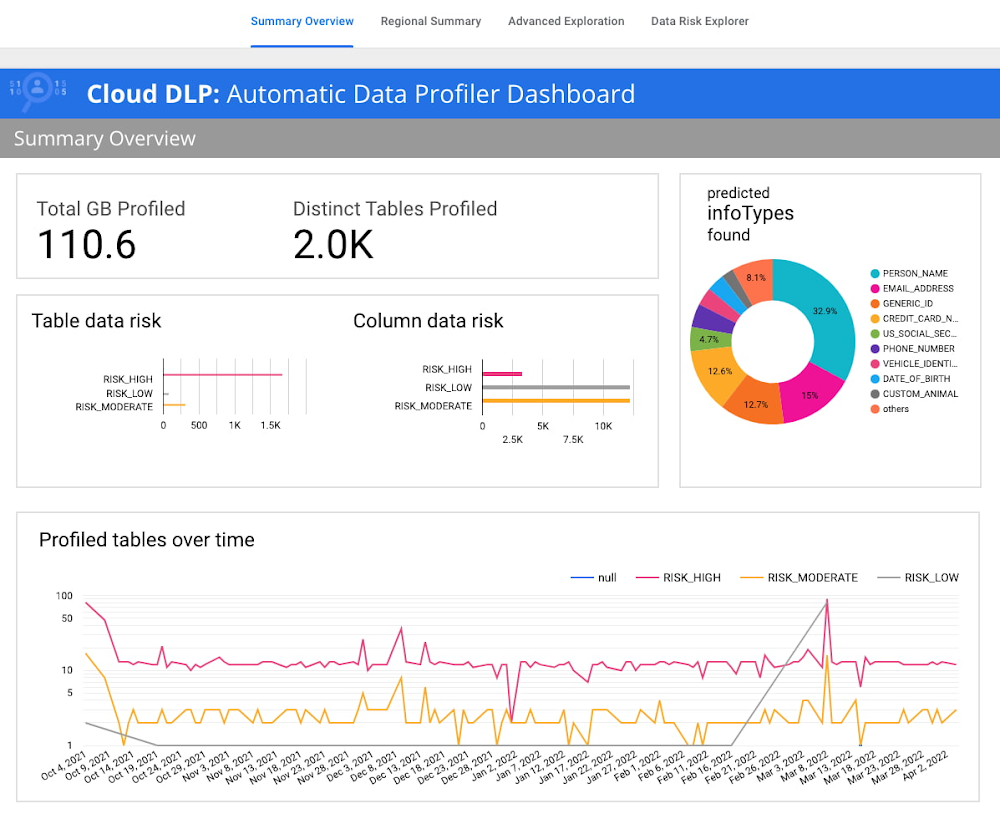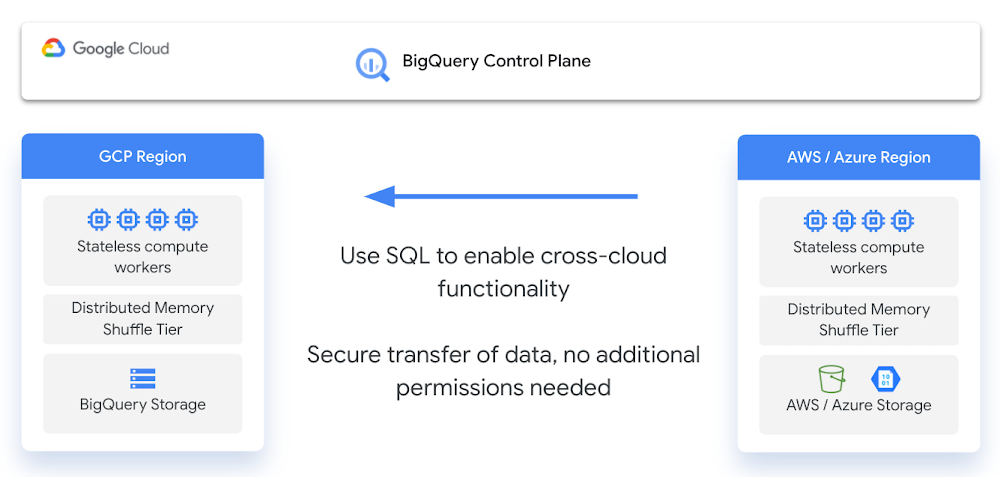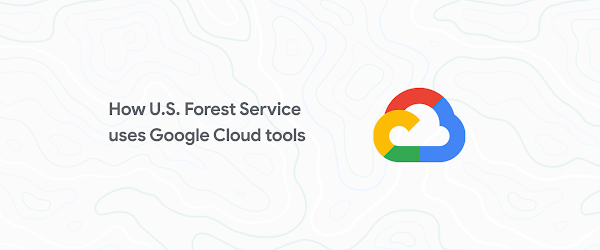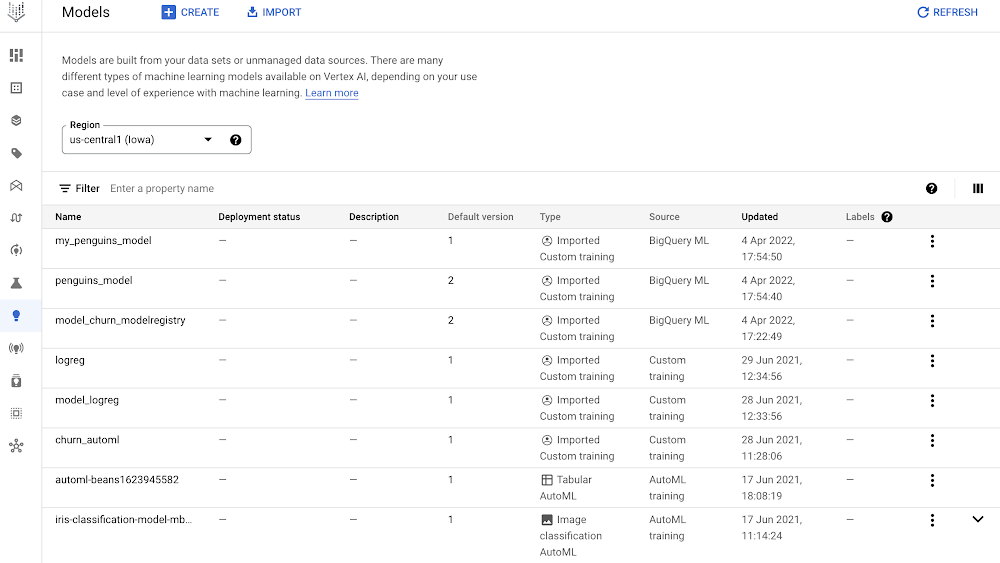Why Machine Learning Can Lead to the Perfect Web Design

Machine learning technology is becoming a more important aspect of modern marketing. One of the biggest reasons for this is that digital marketing is playing a huge role in marketing strategies for most companies. Companies are expected to spend $460 billion on digital marketing this year. Machine learning technology is a very important element of digital marketing.
One of the most valuable applications of machine learning technology is with web design. Web developers can use machine learning technology to create a better user experience, lower the cost of design, provide greater functionality and ensure resources are used efficiently.
Importance of Using Machine Learning in the Web Design Process
The first contact point that potential customers usually have with a brand or company for a modern business is its website. Therefore, it makes perfect sense for many entrepreneurs today to ensure that their online properties can communicate what they’re about through user-friendly and professional designs from the likes of digital web development Oxford agencies such as Xist2, especially those who are based in the same vicinity.
There are a lot of ways to improve the quality of web designs. A number of web development tools use machine learning. Here are some examples:
The Wix Website Builder incorporates AI algorithms that can automate many aspects of the design process. It has a machine learning interface that continually offers more relevant design features as more people use the platform. Firedrop is a web development tool that uses machine learning to offer chatbot services to visitors. Adobe Sensei also uses machine learning to automate many aspects of the design process. It can identify different patterns with AI algorithms and incorporate them into the design so a human designer doesn’t need to.
The list of benefits AI offers to web developers is virtually endless. Many variables make up web design, including but not necessarily limited to layout, graphics, content, conversion rate, and search engine optimization. Machine learning can help with all of this.
While it’s undoubtedly a critical factor of an organization’s promotional efforts, it’s also a part of the overall digital advertising plan. Therefore, it should remain consistent in purpose, feel, and look with other marketing efforts. And with the consideration of every facet of the company’s digital marketing campaign, a solid web design can serve as the core of your efforts and help you achieve your objectives.
You will need to know how to use machine learning to achieve these objectives. Here are some benefits of using AI to improve the design process.
Machine learning can help create an excellent user experience
Websites that fail to load, are straining on the eyes, or have confusing navigation are more likely to frustrate users and turn them off instead of reel them in. Similarly, those who cannot get to the desired information quickly will leave and search for what they need elsewhere. This is where excellent user experience comes into play. By ensuring that your site is visually appealing, is easy to browse through, and doesn’t slow down, you will not only be able to attract more people to your site, but you’ll also keep them more engaged with your content.
There are a lot of ways that machine learning can improve the user experience. It can evaluate analytics information on users and provide meaningful changes. Machine learning can also allow for automation of certain tasks like testing different background colors. You can also use certain tools like chatbots that rely heavily on AI.
Machine learning can ensure a branding strategy is executed consistently
Let’s face it — first impressions last. They count more than they’re given credit for, so ask yourself how the website of your business stacks up. The feel and look of the online domain should always remain consistent with other marketing content and communicate the brand’s message properly. Some of the things you’ll want to consider are the following:
LogoFontColorsMessageMedia
Machine learning technology can help achieve a consistent feel for your visitors. AI algorithms will be able to simulate the experience of different users on various devices and browsers to ensure a consistent experience through responsive elements.
Machine learning helps with SEO and advertising
Many businesses overhaul their websites to ensure that they appear much higher on the search results for their targeted keywords and improve their inbound web traffic. They can achieve it through search engine optimization, from the use of the right keywords to the creation of quality content. In addition, mobile optimization, faster loading speeds, and link-building practices can all help draw in more users and increase your conversion rate.
Anyone who runs PPC ad campaigns understands the value of a landing page. For this reason, the transition to your landing page from your ad needs to be as seamless as possible. But, more importantly, it must guide or encourage visitors in taking actions that will benefit your business. If it isn’t, visitors could experience a disconnect between the elements.
Machine learning technology is very important for all of these aspects of your marketing. You can automate many of the tasks that are necessary for search engine marketing, such as analyzing keyword data and identify linkbuilding opportunities.
Machine Learning is Fundamental to Web Design
No one can deny the importance of web design in today’s digital age. If you want to get the most out of it, you must use machine learning technology in your web design to make sure that you consider both the user experience and your marketing plans and tie their various components together. Doing so will reel in your audience, keep them engaged, and entice them to come back.
The post Why Machine Learning Can Lead to the Perfect Web Design appeared first on SmartData Collective.
Source : SmartData Collective Read More





